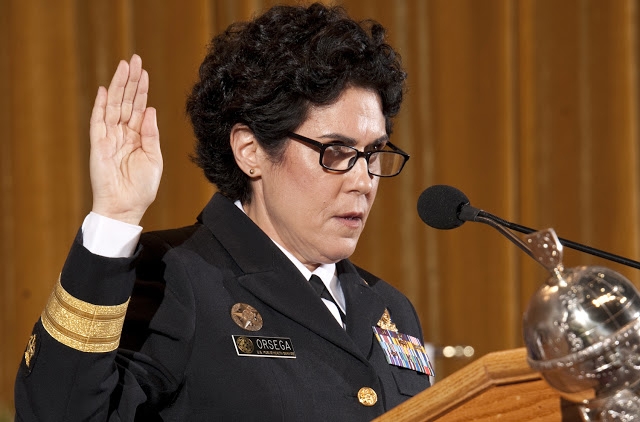Uniformed Services University's 50th Anniversary: An (Abbreviated) History
The Uniformed Services University of the Health Sciences (USU) is celebrating the 50th anniversary of its founding this year.
The university, which now boasts more than 11,000 alumni, started originally with the School of Medicine and just 32 students. Over the years, USU has grown into a valuable national asset, with four schools that provide thousands of students uniquely educated to care for our nation’s service members on and off the battlefield. USU scientists conduct research that supports the readiness mission of the Department of Defense, and its centers, programs and initiatives undertake a variety of research, training and education efforts to deliver an array of knowledge and material products on identified gaps in the Military Health System.
In honor of 50 years, The Pulse presents an abbreviated history of the Uniformed Services University of the Health Sciences.
1945
World War II ends and military physicians return to their private and public practice, which leads to a dwindling medical corps. Louisiana Congressman F. Edward Hébert champions what he calls a “West Point for doctors” to address the issue and provide a pipeline of career military physicians. Hébert works for more than 30 years on his idea for a military medical school.
1972
The Uniformed Services Health Professions Revitalization Act -- is passed by Congress, and President Nixon signs it into law on September 21, 1972. A component of its legislation directed the Defense Secretary to establish a Defense Department medical school within 25 miles of the District of Columbia. The Uniformed Services University of the Health Sciences (USU) is established.
 |
| President Nixon signs the Uniformed Services Health Professions Revitalization act into law on September 21, 1972, establishing the Uniformed Services University of the Health Sciences. |
1973
The Board of Regents, appointed by the President of the United States, appoints a site selection committee to survey various locations. Ultimately, 100 acres of wooded land on the grounds of the National Naval Medical Center in Bethesda, Maryland, just three miles from Washington, DC, is chosen.
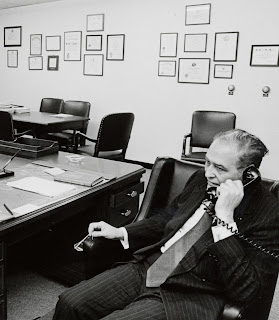 |
|
USUHS Arlington Road Office, Bethesda, MD. Dr. Anthony Curreri, President, works in his office. |
1974
Anthony R. Curreri, M.D. is appointed by the Board of Regents to become the first president of USU.
Curreri's role is to build the school’s faculty and plan for student admission. Founding Dean Jay P. Sanford, M.D., and others created the school’s curriculum. USU is established as a traditional medical school focusing on the unique requirements of military medicine.
1975
The school’s administrative offices are established on the third floor of a small office building in downtown Bethesda above the Peoples Drug Store and a branch of the State National Bank. The small location provides the school’s first administrative office space.
 |
| Bethesda, Maryland circa 1975. Arlington Road offices of the Uniformed Services University of the Health Sciences. Over a bank and a drug store. |
1976
The charter medical school class begins courses at the Armed Forces Institute of Pathology in Washington, D.C., while construction of the new campus is finished.
1978
The USU campus is completed and, because of its location next to the National Naval Medical Center and Naval Medical Research Institute, 15 minutes from Walter Reed Army Medical Center and Walter Reed Army Institute of Research, and across the street from the National Institutes of Health, allows both students and faculty the unique opportunity to collaborate alongside renowned scientists and clinicians in the nation’s top hospitals and laboratories.
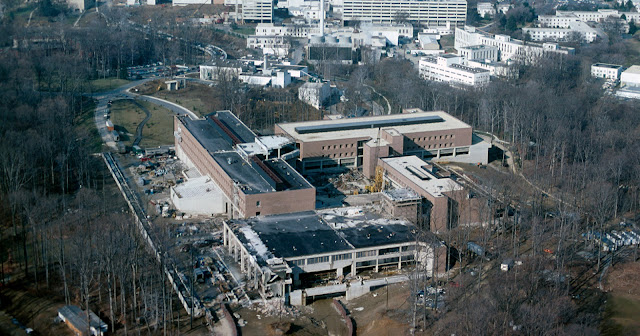 |
| Uniformed Services University of the Health Sciences (USU) construction progress, nearing completion, March 1979. The National Naval Medical Center is seen in the background. |
1979
The first three-day medical field practicum that would later become “Operation Bushmaster” is held in October at Camp Bullis in Texas. The 32 charter USU medical students each play the role of a field medic, battalion aid station physician, a Combat Support Hospital physician, and a physician in a mass casualty situation.
1980
The Uniformed Services University celebrates the graduation of the F. Edward Hébert School of Medicine's first 29 students from the nation's only federal health sciences university.
1981
Stephen Huot becomes the first student to earn a Ph.D. from USU. He later goes on to earn his M.D. degree from Duke University, and becomes a professor of Neurology and Senior Associate Dean for Graduate Medical Education at Yale School of Medicine.
1987
The first center is established at USU. The Center for the Study of Traumatic Stress (CSTS) is established within the Department of Psychiatry to address concerns around the psychological impact and health consequences resulting from the impact of traumatic events from WMD to other mass casualty incidents.
1993
More than 100 USU alumni serve in Operations Desert Shield and Desert Storm. That same year, the Daniel K. Inouye Graduate School of Nursing (GSN) is founded in response to pressing national concerns over the growing lack of independent nurse practitioners, clinical specialists, and other registered nurses with advanced graduate training.
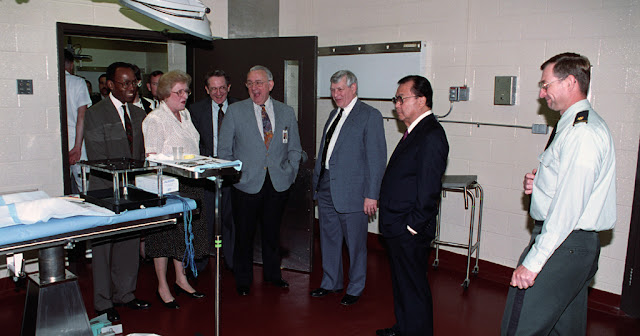 |
| VIP guests are led on a walking tour of the university, including Senator Daniel K. Inouye (pictured second from right), namesake of USU's Graduate School of Nursing. |
1995
USU welcomes its first second-generation student, Navy Ensign Nathaniel Almond. His father, Navy Captain Myron Almond, is a 1981 alumnus.
1998
Faculty in the Department of Pediatrics, Dr. Val Hemming and Dr. Gerald Fischer, develop an antibody for Respiratory Syncytial Virus, a lower respiratory tract disease that affects infants and young children. With support from the Henry Jackson Foundation for the Advancement of Military Medicine, a patent was licensed for the Synagis vaccine resulting in $14.1 Billion in sales.
2000
USU alumna Eleanor “Connie” Mariano becomes the first graduate to reach the rank of Navy Rear Admiral. Mariano is the White House physician for Presidents George H.W. Bush, William J. Clinton and George W. Bush, Jr., from October 1993 to December 31, 2001.
2001
Hundreds of USU graduates respond to the Pentagon, World Trade Center, and Dover Port Mortuary in the immediate aftermath of the September 11th attacks on America. In October, USU graduates and faculty are involved in the response to the anthrax attacks; USU’s Armed Forces Radiobiology Research Institute (AFRRI) plays a major role in determining the radiation levels necessary to kill anthrax spores to render U.S. mail safe.
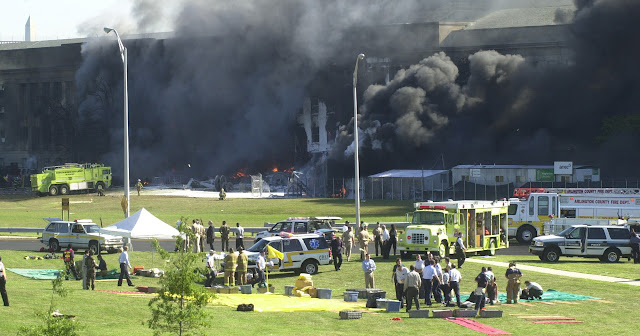 |
Emergency response teams begin preparing triage areas outside of the Pentagon following the attack, 11 September 2001. (Photo credit: Alexandria, Va. Fire Department) |
2010
The Postgraduate Dental College (PDC) is established at USU. Headquartered at Joint Base San Antonio-Fort Sam Houston, Texas, the initial graduating class is comprised of 28 students. Today, more than 180 students are enrolled in 20 different programs.
2011
During the U.S. Department of Defense response to the Fukushima Daiichi reactor incident, dubbed “Operation Tomodachi,” the AFRRI Medical Radiobiology Advisory Team provided guidance and advice to U.S. military leaders in Japan. This support helped ensure the safety of U.S. service members, family members, and civilians and supported the humanitarian relief in a coordinated effort with the Government of Japan.
2012
Brig. Gen. Jean-Robert Bernier, a 1997 graduate of USU’s Master of Public Health degree program, is appointed as the 38th Canadian Forces Surgeon General. Additionally, Lt. Gen. Thomas Travis, a 1986 School of Medicine graduate, is appointed Surgeon General of the United States Air Force. Both become USU’s first alumni to become military surgeons general.
2014
The Enlisted to Medical Degree Preparatory Program (EMDP2) launches in response to a need from the military services. The two-year pre-medical preparatory program is housed at George Mason University-Prince William Campus and provides a pathway for promising enlisted members interested in careers as military physicians.
2016
The College of Allied Health Sciences (CAHS) is chartered to support the education and training requirements necessary to meet the needs of the Military Health System and the Department of Defense while providing graduates with credentials that translate directly to the civilian sector.
U.S. Public Health Service Capt. Susan Orsega is selected for promotion to Rear Admiral, making her the first USU Graduate School of Nursing alumna to be selected for flag rank.
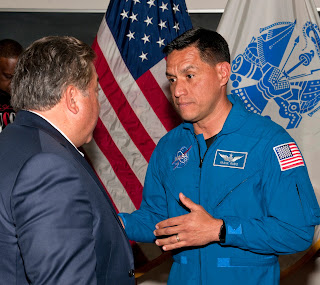 |
| Army Lt. Col. (Dr.) Frank Rubio, a USU graduate, was selected to become a NASA astronaut in 2017. (Photo credit: Tom Balfour, USU) |
2017
USU graduate Army Lt. Col. (Dr.) Frank Rubio becomes the second USU alumnus selected to become a NASA astronaut. Rubio completed his training in 2019, and in 2020, was named as one of 18 astronauts for NASA’s Artemis program, which will bring Americans back to the Moon.
2019
American Astronaut and USU graduate, Army Col. (Dr.) Andrew Morgan leaves the Earth onboard a Soyuz MS-13 on July 20, which was also the 50th anniversary of the historic Apollo 11 lunar landing. Morgan goes on to spend nine months on the International Space Station, the fourth longest duration mission by an American astronaut. He conducted seven spacewalks totaling 45 hours and 48 minutes, an American record for a single spaceflight.
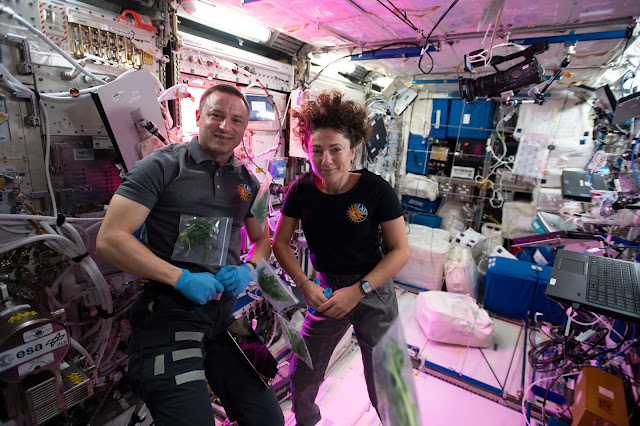 |
| Army Col. (Dr.) Andrew Morgan, a USU graduate, spent nine months aboard the International Space Station in 2019. (Photo credit: NASA) |
2020
USU’s Class of 2020 medical and nursing students graduate a month early to help augment military health care teams battling the COVID-19 pandemic.




